Bald Eagle Cam – Live from Minnesota – Breeding Season 2019
The 2019 breeding season for a pair of iconic Bald Eagles in Minnesota is continuing. After pair bonding and nest repair (nestoration) eagles started incubating eggs again in! A pair of iconic Bald Eagles have been raising their chicks in Central Minnesota on a nest constructed at 75 feet altitude on a cottonwood tree. You can learn more about this nest from the FAQs page of the website hosting this nestcam. Last year on March 9th Mom got into labor […]

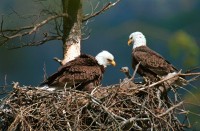


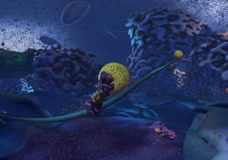
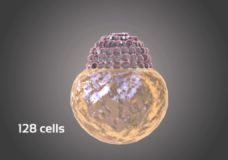
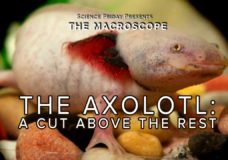

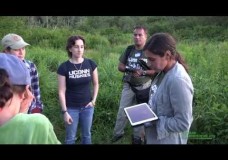

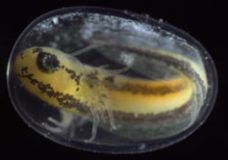


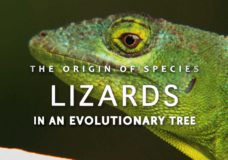



Recent Comments